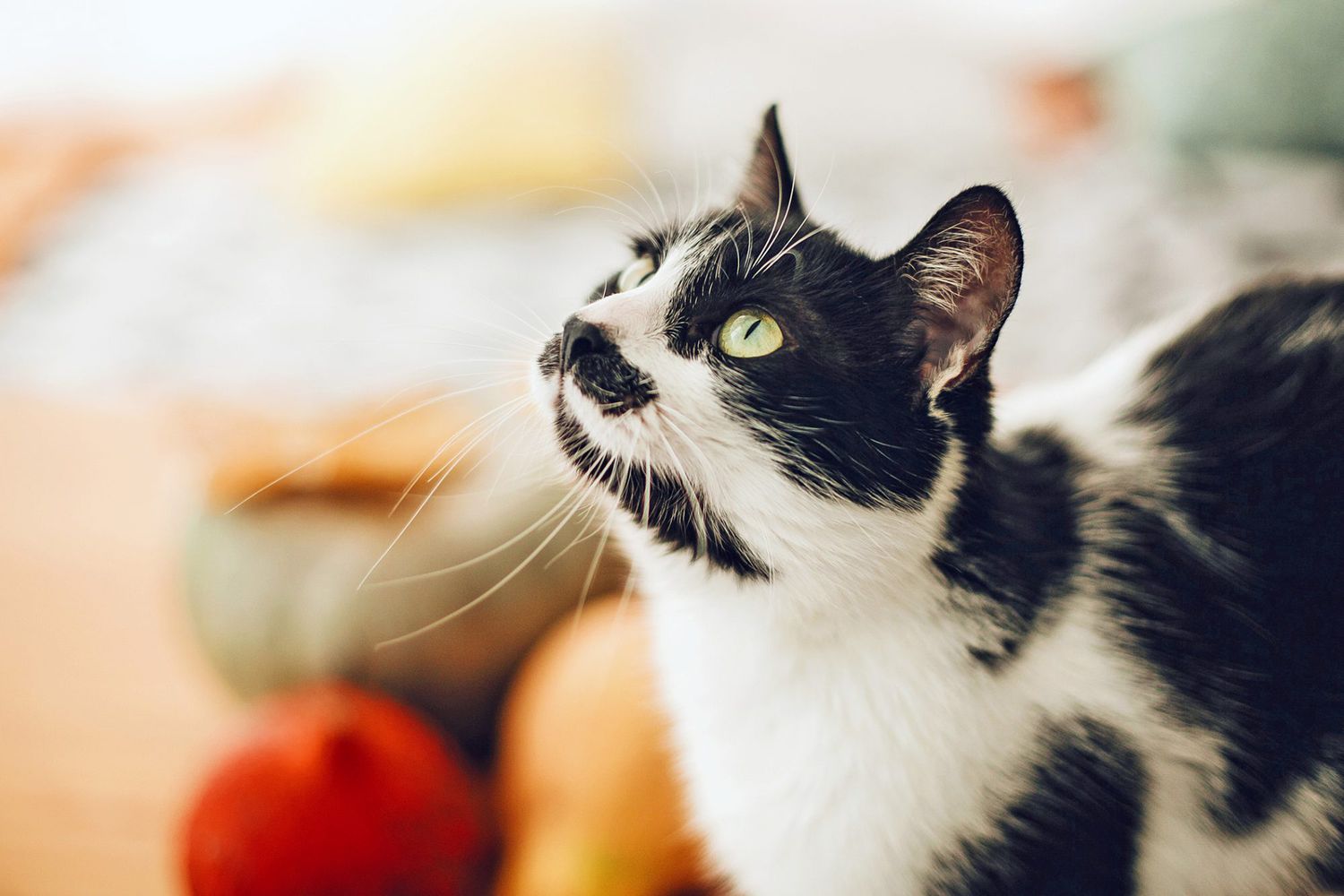
Cat litter and litter boxes play an essential function in the lives of both felines and their owners. From the humble beginnings of sand and soil to the ingenious improvements of today, the world of cat litter has developed considerably. In this thorough guide, we look into every aspect of cat litter and litter boxes, exploring their history, types, benefits, challenges, and everything in between.
The history of cat litter dates back centuries, with ancient civilizations using sand, soil, and even ashes as primitive litter materials. However, it wasn't until the mid-20th century that contemporary cat litter as we understand it emerged. In 1947, Edward Lowe introduced the world's first industrial cat litter made from absorbent clay, reinventing the method felines relieved themselves inside. Given that then, cat litter has actually gone through many improvements, with the intro of clumping litter, silica gel litter, eco-friendly alternatives, and more.
Today, feline owners are spoiled for choice when it concerns selecting the right litter for their feline companions. Standard clay litter stays popular for its price and efficiency in taking in odors. Clumping litter, which forms strong clumps when wet, streamlines cleansing and maintenance. Silica gel litter, composed of highly absorbent silica crystals, uses remarkable smell control and longevity. Biodegradable options, such as recycled paper, wood pellets, corn, and wheat, interest ecologically mindful consumers.
Each type of cat litter uses special advantages. Clay litter excels in its capability to take in moisture and control smells, making it a reliable option for lots of cat owners. Clumping litter simplifies day-to-day scooping and extends the time in between complete litter modifications. Silica gel litter supplies remarkable odor control and can last longer in between replacements. Naturally degradable litters offer a sustainable alternative that decreases environmental effect.
While cat litter improves indoor feline health, it is not without its difficulties. Dust from clay litter can position respiratory threats for both cats and human beings, prompting the appeal of dust-free options. Some cats may develop litter box hostility due to issues with texture, aroma, or cleanliness, necessitating experimentation with various litters and box configurations. Multi-cat households might require tactical litter box positioning and frequent upkeep to EcoFriendly Litter Boxes avoid territorial disputes and make sure all cats have access to tidy centers.
Choosing the appropriate litter box is necessary for promoting positive litter box routines and general feline wellness. Factors to think about include size, ease of access, and style preferences. Covered litter boxes provide personal privacy and aid contain smells, however some cats might discover them confining or frightening. Open-top litter boxes provide simple gain access to and visibility however might lead to more litter scatter. Automatic self-cleaning litter boxes simplify maintenance but need regular monitoring and cat litter boxes maintenance.
Proper litter box upkeep is crucial for making sure a clean and welcoming environment for both felines and their owners. Daily scooping gets rid of waste quickly, decreasing odor and dissuading litter box hostility. Regular cat litter scoop litter replacement, usually every 1-2 weeks, avoids bacterial buildup and preserves optimum absorbency. Thorough cleaning with moderate cleaning agent and water, avoiding severe chemicals that might deter cats from utilizing package, ought to be carried out monthly.
Cat litter and litter boxes play a main role in fostering a healthy and unified relationship between cats and their human buddies. With a diverse array of litter choices and litter box styles readily available, cat owners have the flexibility to customize their options to suit their cats' preferences and home requirements. By comprehending the evolution, types, benefits, and difficulties of cat litter and litter boxes, animal owners can supply their feline good friends with a comfortable and hygienic indoor environment.